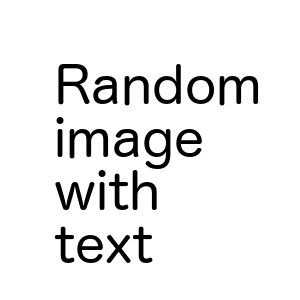Since I’m writing this after reading the whole book, it’s hard for me not to think about it as that: a whole. That is, as the book as one unit instead of as the divisions of the first half, Chapters 1 – 4, and the second half, Chapters 5 – 8. Divisions that don’t make that much sense, anyway, given the interconnected nature of the writing itself. It’s part of a self-referential style, I’d like to think, which mirrors its subject matter. After all, how you write about “new media” without trying to mark what is “old” in the first place?
From that position, viewing the book as a whole, I think it worked well. The organization flowed from simpler themes, remediation, to the later, more current, view of “delivery as performance” as a way to analyze interfaces like Google Reader. However, and is increasingly my problem with most books of this type, by the time it “catches up” to the more contemporary look at technologies, it’s outdatedness makes me cringe. The theory I’m all there for; I like that. However, once it gets to trying to be current, it’s age shows. Greatly.
Still, given the knowledge I do have the timeline of how long it takes a book like this to be created, I have to give Brooke some credit: being only a few years out of date is not too bad. Sure, “credibility” is not as much a hot-topic item as it used to be, and Google Reader has been dead for some time now, but, generally, looking at interfaces and performances is still of great importance. More so, I’d personally wager, than Brooke even realizes.
It was actually the last thing I wrote about this book in my notes: “The Interface is an Object.” It’s something Brooke mentions at the very end in the coda. That there might be some competition between the two. Yet, as I see it in code and as practiced in form, they are the same thing. The interface is an object, one through which, to quote from Landhom via Brooke, we see through, at, and most definitely from in regard to other objects within the ecology of the system itself. We are situated by the interface and act from what it allows us to do.
We are not often even aware, to reference the early part of the book, how our ecology of practice has translated us either. We exist within a restricted possibility space, one designed, within a digital environment anyway, as part of an operating system (a practice itself) and afforded only what is allowed to us. Sometimes we can install things; sometimes we can’t. All is derived, however, from normalizations brought forth by the assumed actions of the greater computing community. Since we invest certain people with power (i.e. a republic), we choose to elect them to administrate our system and guide our movements.

